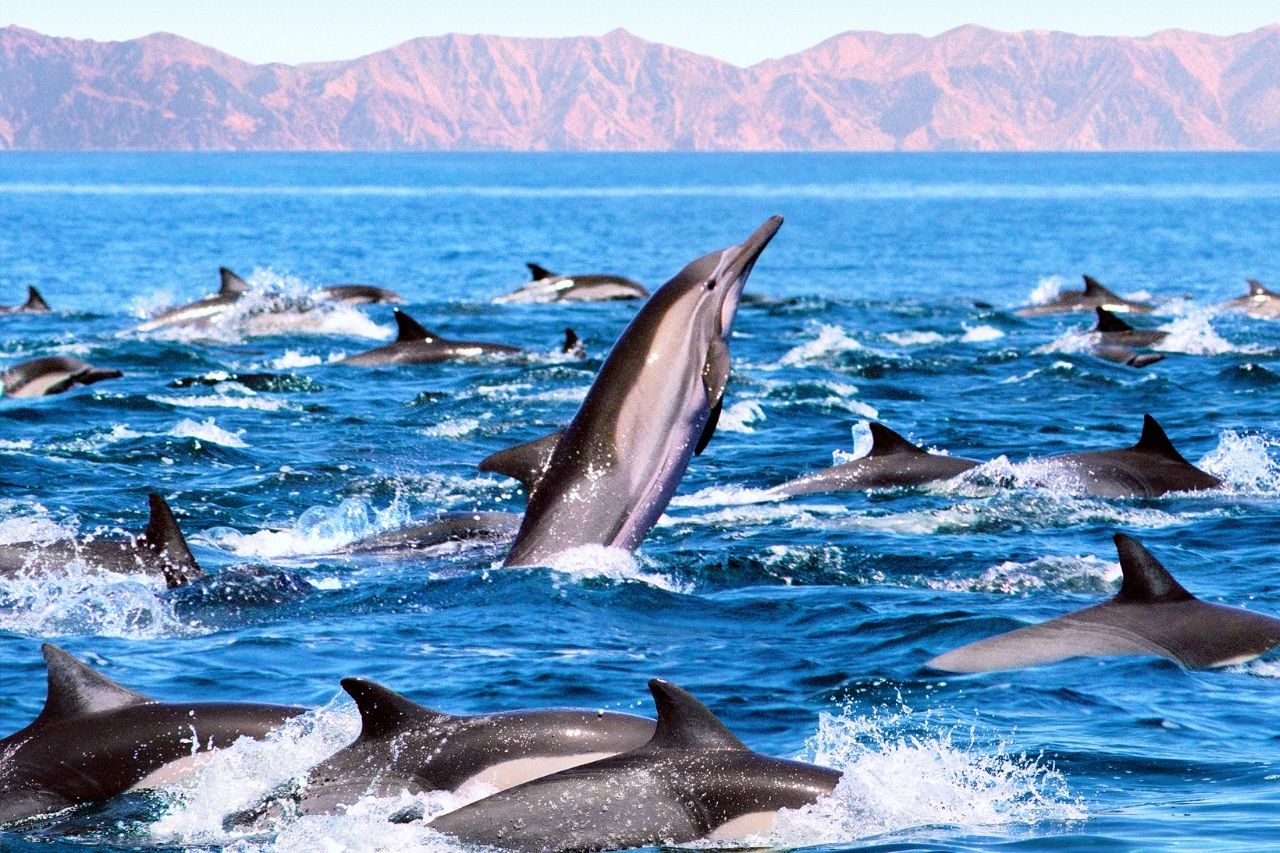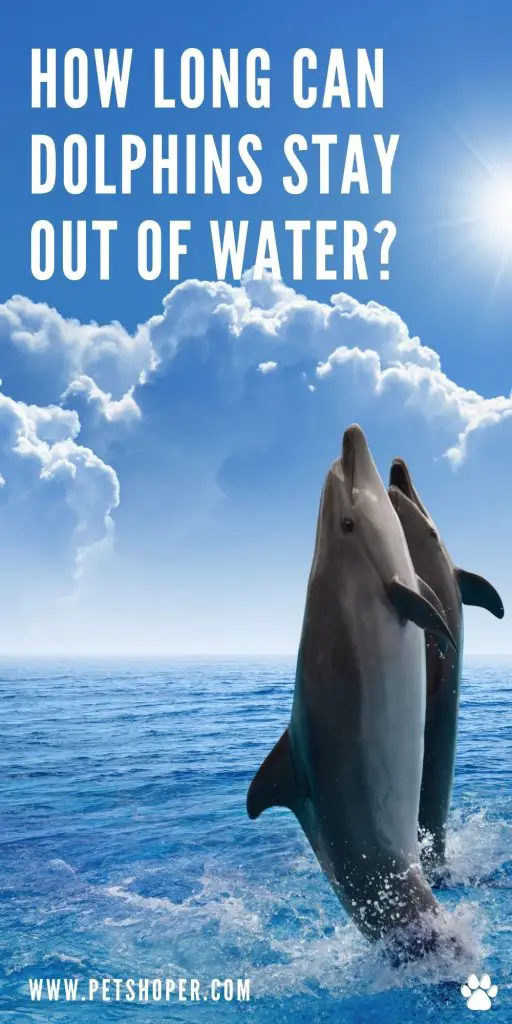Dolphins are one of the most intelligent species on Earth. They are found in all of the world’s oceans from pole to pole. Their habitats range from open oceans, rivers, and estuaries to shallow coastal areas such as bays and lagoons. Dolphins can also be found at various depths ranging from just a few feet below the surface up to hundreds of meters deep.
They have been known to use tools, collaborate with other dolphins, and even understand human sign language. It’s amazing what you can learn about them just by watching them play in the ocean.
Table of Contents
How do dolphins breathe?
Dolphins have a blowhole on the top of their head. They exhale through the nostrils and inhale through this hole, so they can stay underwater indefinitely if they don’t mind holding their breath for long periods at a time.
Dolphins breathe through a blowhole on the top of their heads. Dolphins need to return to the surface for air after about 10-15 minutes or less, depending on how active they are and if they are in cold water.
However, because these animals are mammals just like us, they cannot go too long without breathing air, or else it will be fatal. In fact, there have been cases where dolphins have died from not being able to get enough oxygen in the water that was too shallow.
But how long can dolphins stay out of water?
The answer may surprise you. Dolphins have been known to hold their breath for up to twenty minutes before going back underwater. It has been said that a dolphin’s lungs and blowhole allow them to take deep breaths during this time, which is why they don’t need as much air as other animals on land or in the sea.
So, if you happen to see a dolphin out of water in the wild or at your local aquarium, don’t be surprised. In fact, they may just stay out there for several hours. However, this time is dependent on several factors such as temperature, climate, and age.
Dolphins use the “mouth-breathing” method when out of water. Instead of using its blowhole at the top of its head, it uses its mouth to breathe in and out.is what all dolphins do when they are on land because their blowhole cannot be used, but it will only last for a short amount of time before the animal starts getting exhausted from trying to get enough oxygen into its body while breathing through its mouth.
How long can dolphins stay underwater?
This is a question that many people wonder about. They may see dolphins swimming and then staying underwater for an extended period of time, or they might even know someone who has said their dolphin likes to stay out of the water but won’t say why. The answer will depend on the species of dolphin, how long it can hold its breath, how deep it goes when underwater, and what kind of activity is going on with the animal while in the ocean.
On average, a dolphin can hold its breath for about 8 – 15 minutes. Some dolphins can hold their breath for longer, up to 20 minutes. This would be a bottlenose dolphin or an Amazon River dolphin that lives in the muddy waters of the river where it is harder to get air so they have evolved this ability.
Can dolphins sleep without drowning?
It may sound too good to be true, but dolphins can sleep without drowning. Although it is unclear how long they are able to hold their breath, these mammals have been observed sleeping in a vertical position at the water’s surface with only one half of their brain resting while the other stays awake breathing slowly.
Although dolphins spend a lot of time sleeping, they are still active when in the water. This is because their muscles do not relax completely when resting and require some movement to prevent cramps from occurring.
How do dolphins regulate their body temperature?
Dolphins have a number of adaptations to ensure their bodies are always at the right temperature. Dolphins can tuck in one or both dorsal fins, which reduces surface area and therefore heat loss. They also spend time on the surface rising vertically, so that any water droplets on their skin evaporate. This helps them stay cool as well.
Dolphins are also able to increase their metabolism, which helps with losing heat. Not only do dolphins have adaptations that allow them to stay cool under the water but they can hold their breath for long periods of time as well! The record is an hour and a half. This allows dolphins to dive deep down in search of food without worrying about holding their breath all day.
Save this pin concerning the main topic: How Long Can Dolphins Stay Out of Water?

